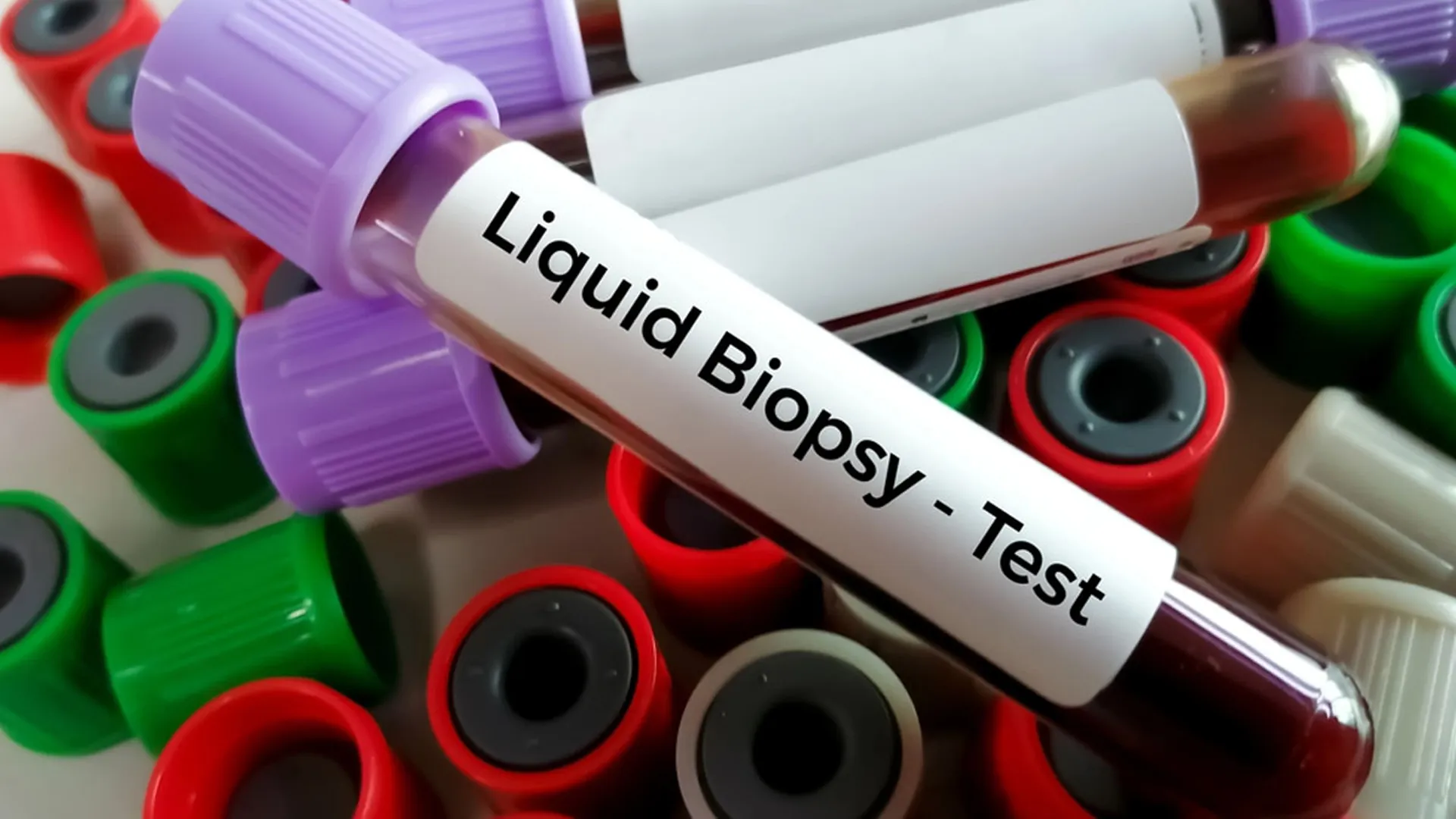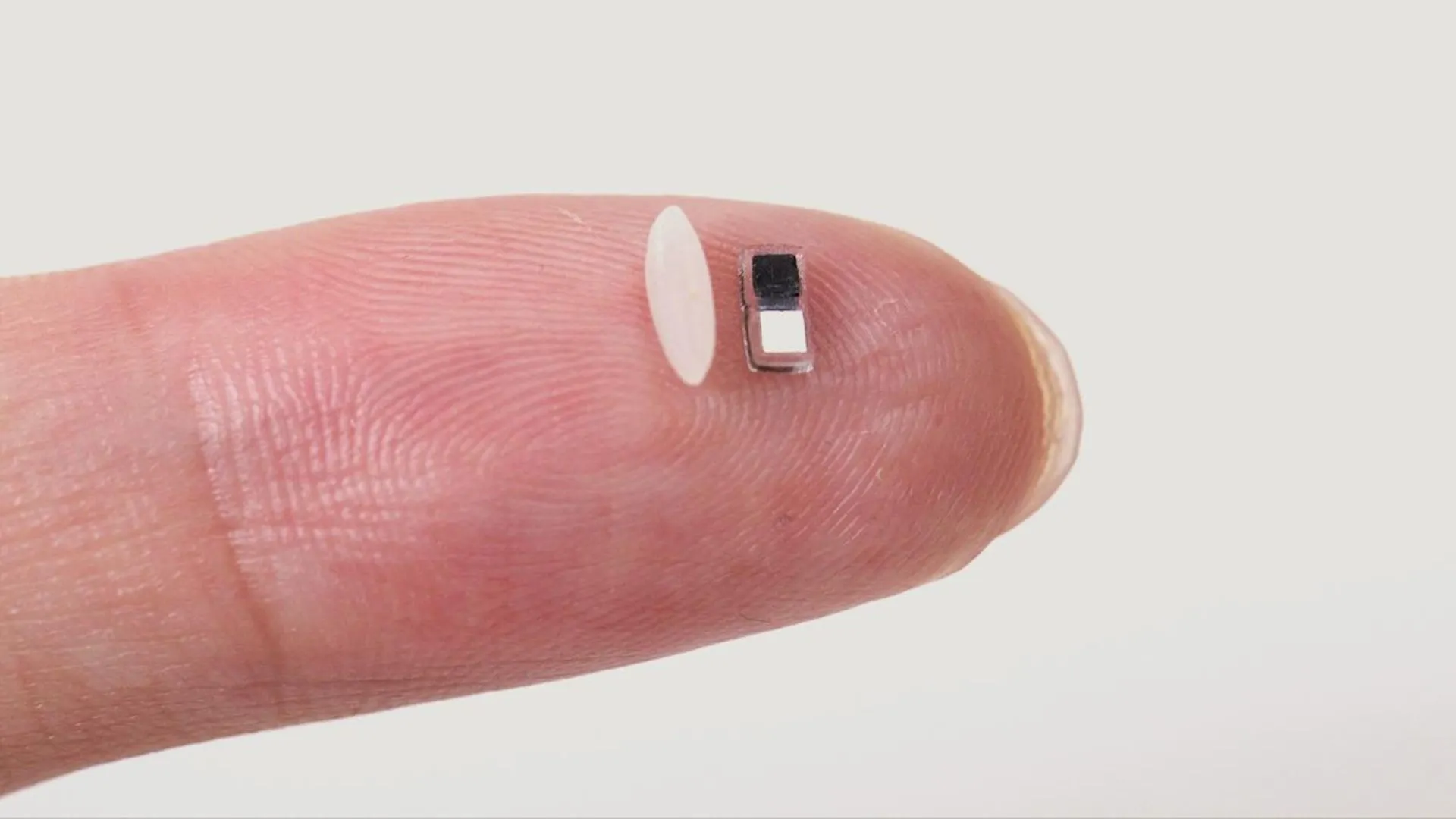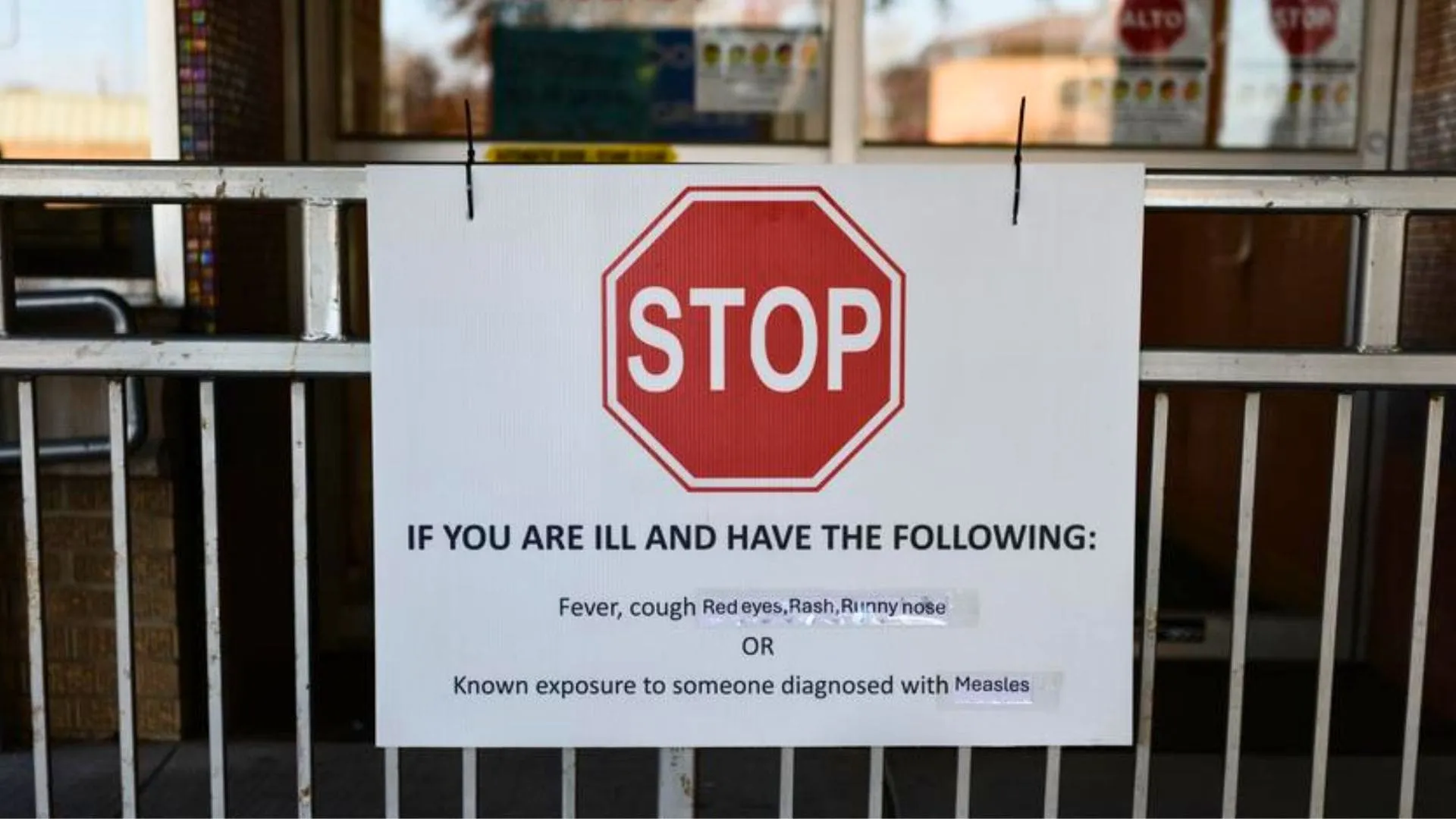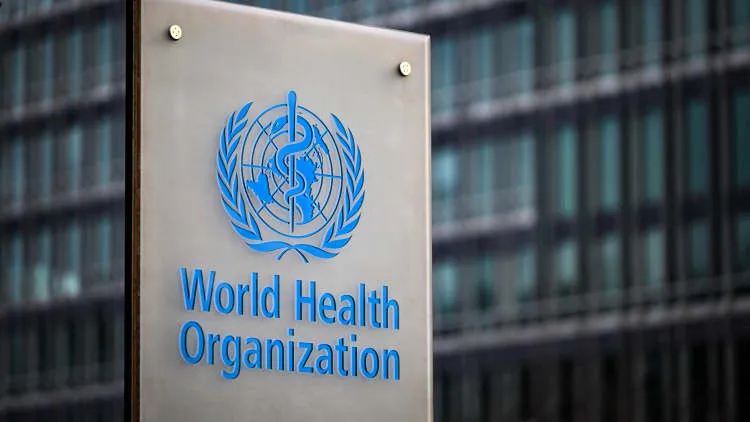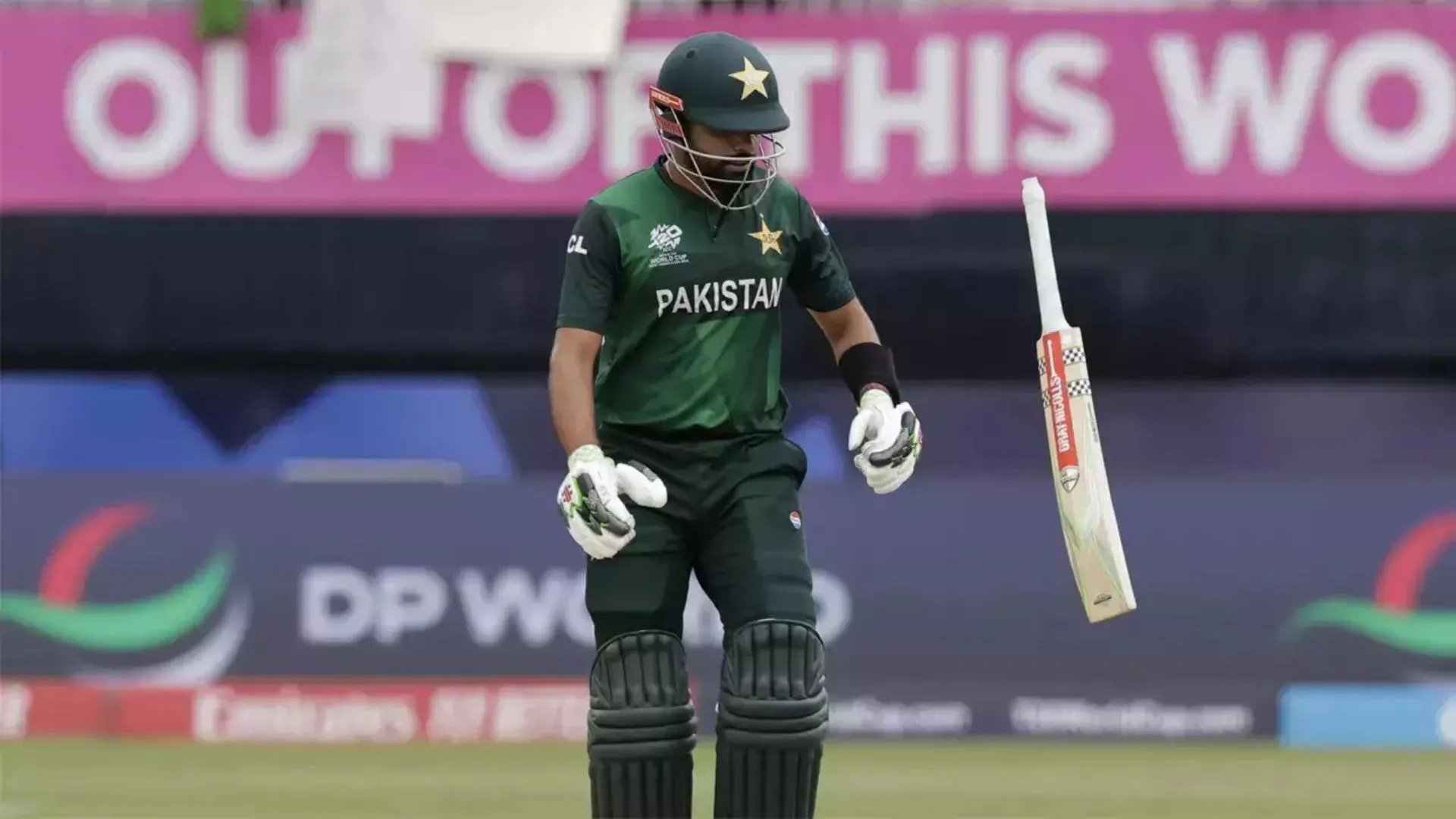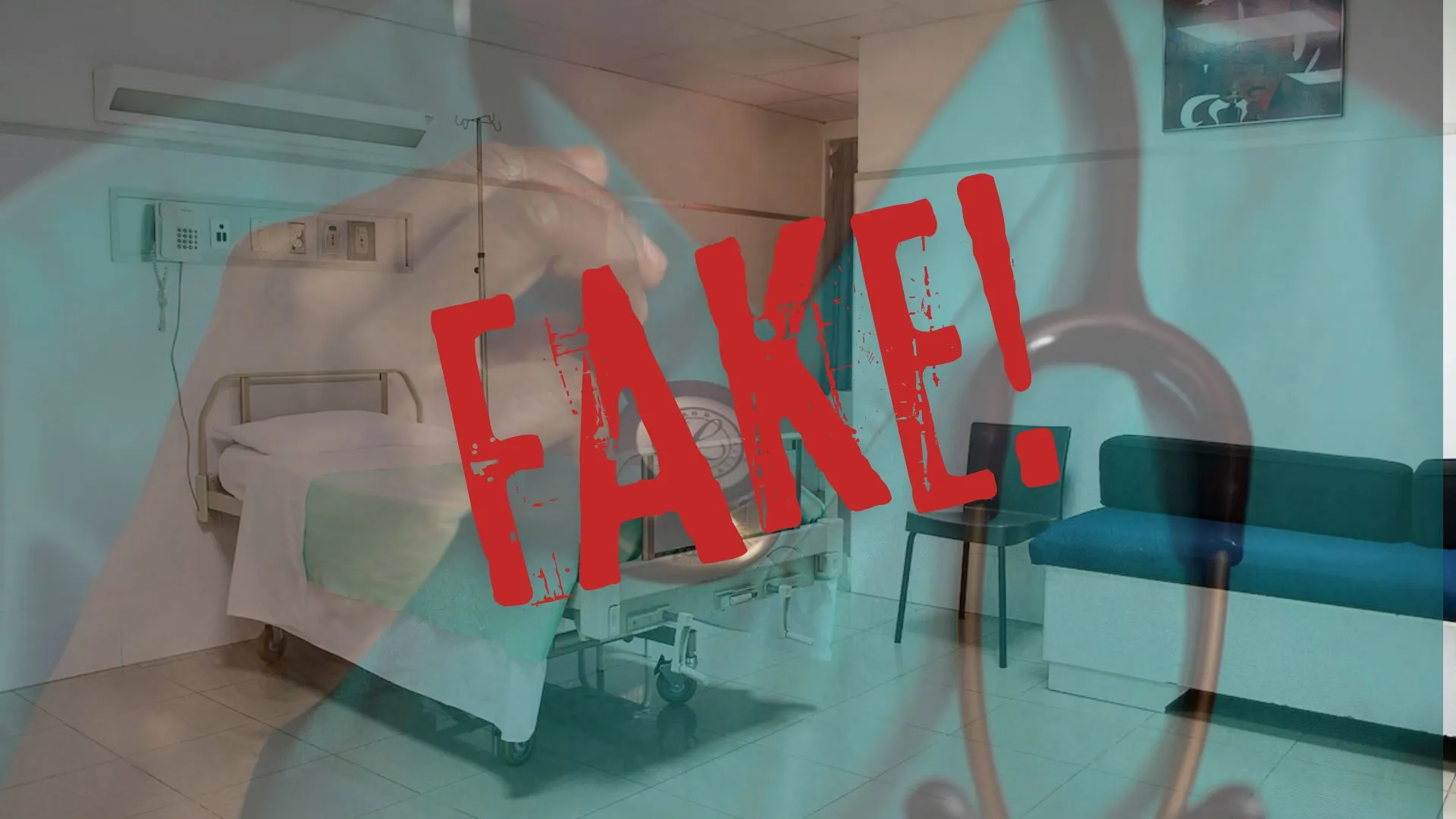The novel coronavirus has given birth to the world’s biggest vaccine race. In an interview with The Daily Guardian, Prof K. Srinath Reddy, president, Public Health Foundation of India, and member of Indian Council of Medical Research’s (ICMR) Covid-19 task force and member of the Executive Group of the International Steering Committee of WHO’s Covid-19 Solidarity Trial, says that though stakeholders are pushing for a vaccine this year, a safe and effective vaccine for a large-scale use will be available in 2021 only.
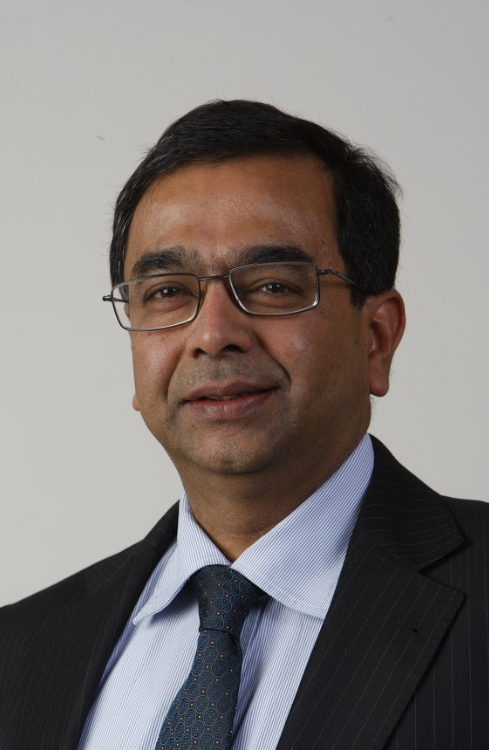
Q. Covid-19 pandemic gave birth to the world’s biggest vaccine race. Your comments.
A. The speed with which this virus has spread around the world, threatening global health and economy, has created a rush to find an effective and safe vaccine. Several governments, scientific institutions and industries are pushing for a vaccine that can be delivered within this year. It must be clearly recognised by both policymakers and the public that we should not try to stampede science in this area, however urgent the public health need. Efficacy must be adequately gauged and safety must be carefully evaluated. The duration of protection is another element which must be assessed as we examine the benefit conferred by a vaccine. There can be no compromise in scientific and ethical standards.
Q. When is the world going to get a vaccine?
A. Despite claims that a vaccine will be delivered in September or October, a vaccine which meets all regulatory standards is unlikely to be available till the end of 2020 or early 2021. That is the optimistic estimate. It could well take longer and emerge only in the second quarter of 2021. Then, we will have the challenge of large-scale production, global distribution and largescale administration. We do not know yet whether the successful vaccine will be a single dose vaccine or will require two spaced doses. The logistics will be very challenging.
Q. How long antibodies remain after testing positive? There are reports that in a few cases antibodies disappeared against the virus in Wuhan.
A. There are several reports, from different parts of the world, that the antibodies decline by three months. However, the other component of immunity which involves T-cell mediated immunity may last longer. Some preliminary evidence has been reported that the vaccines under trial also stimulate T cell immunity. Still, we do not as yet have clear evidence of long-term protection by the immune response elicited by the infection or a vaccine.
Q. How much it affects lungs and other organs because there are reports in many cases it has long-term illness?
A. This virus belongs to the class of respiratory viruses but can affect many other organs. It spreads through blood vessels to different parts of the body. The effect on lungs and the heart can be long lasting in some persons, even though most recover clinically from the acute illness. Apart from the virus itself, the inflammatory reaction it evokes can damage many body tissues. A disturbing report from Germany suggests that many young persons who have recovered from the infection show later evidence of heart muscle damage on investigation through imaging techniques. Some late evidence of lung damage has also been reported. However, since most persons seem to recover clinically, we need more studies to see how extensive these late sequelae are.
Q. What public social measures people should follow? How important are these measures?
A. The virus enters our body through the nose, mouth and eyes. Wearing masks outside home, whether in the street or indoor crowded spaces, is a must. A surgical mask or a double layered cloth mask will do for most people who are not involved in providing healthcare. It is useful also to have eye protection, with spectacles, goggles or face shields. Since our hands can transfer the virus from surfaces or objects to the face, frequent hand washing with water and soap is necessary. Avoiding crowded places and maintaining physical distancing of six feet, to the extent possible, is important. Mass gatherings and processions must be prohibited. Spitting and smoking must be taboo. Each of these measures is important to prevent virus transmission. Wearing a mask and hand washing can cut the risk of infection by 60-70%, even where physical distancing of six feet is not possible.


